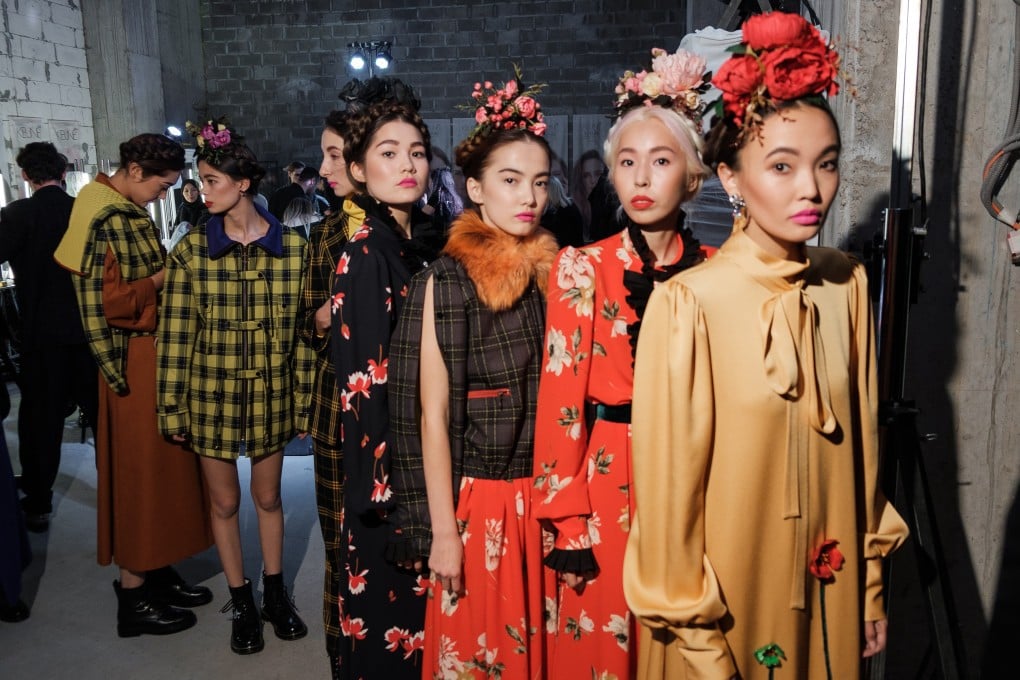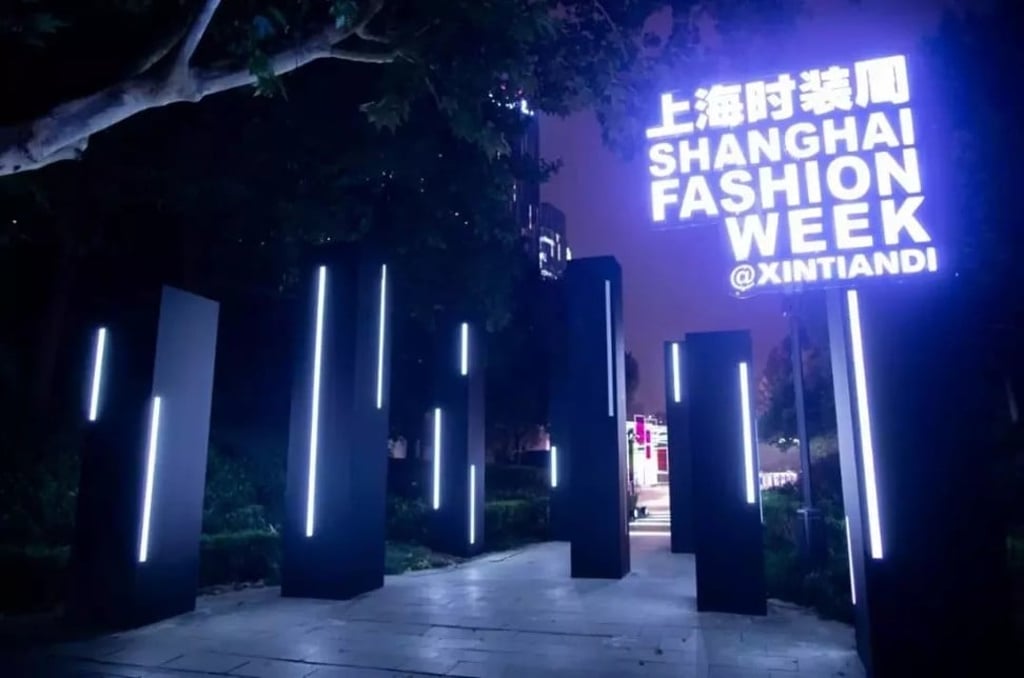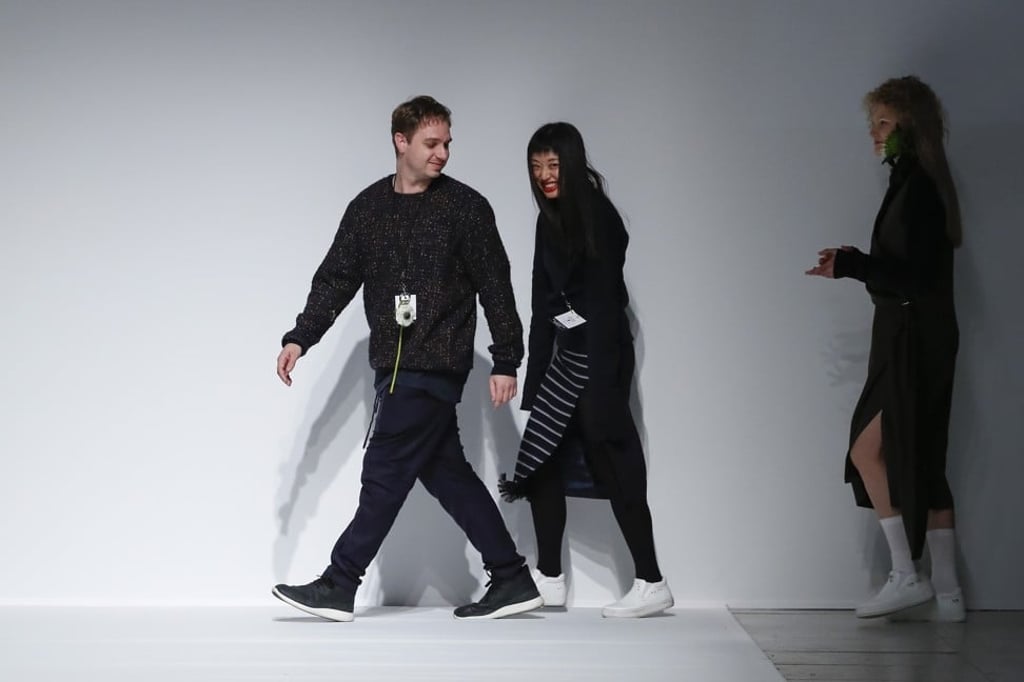How fashion weeks like Shanghai and Seoul can stand beside Paris, London, New York and Milan
- From Shanghai to Almaty, fashion weeks that aren’t the ‘big four’ can be successful if they find a unique purpose
- That could be anything from providing a platform for young designers to showing off their country’s traditions and culture

The rise of fashion weeks in places such as Shanghai, where fashion week begins today, is proof that the fashion world is undergoing a revolution. While the traditional “big four” fashion weeks – Paris, Milan, London and New York – are still going strong, their regard for themselves may be leaving openings for the success of “alternative” fashion weeks like Tbilisi in Georgia, Lagos in Nigeria, Seoul in South Korea and Almaty in Kazakhstan.
Each of the four main fashion weeks has already carved out its own niche. Milan is known for its corporate giants and family-owned businesses, while London is youthful and rebellious. New York has its commercial appeal, while Paris is the birthplace of fashion itself. So do we really need more fashion weeks, and what niche or purpose could they possibly fulfil?
According to industry veteran Andreina Longhi of marketing agency Attila & Co, the role of Shanghai Fashion Week is “very precise … [it] has the duty and capacity to show the world that China can be creative.” The agency is working on the autumn-winter 2019 season with fashion platform Labelhood, an integral part of Shanghai Fashion Week that showcases young talent.
This platform is important for many young designers. The designers behind Ffixxed Studios, which just relocated from Shenzhen to Shanghai, have shown in Paris, Shanghai and Almaty. They explain that even though they do all of their international sales in Paris, it is harder to “make noise” there, as it is not only saturated but also quite old-school in its approach. Labelhood is younger and more agile; the platform allows brands like Ffixxed to show directly to end consumers, while also catering to industry professionals.

